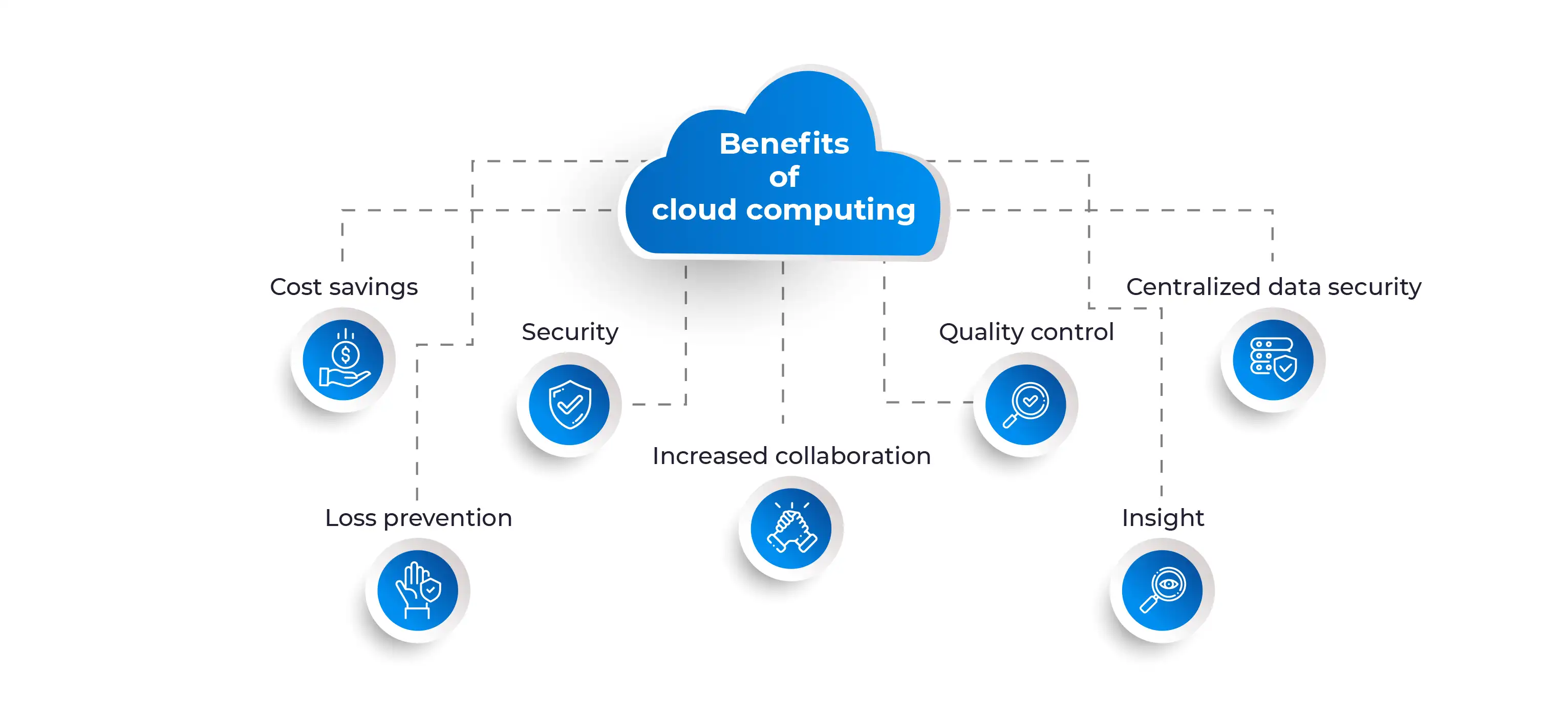Cloud computing has revolutionized the way businesses operate, offering a scalable and flexible alternative to traditional on-premises infrastructure. As a professional in the tech industry, I have witnessed firsthand the transformative impact of cloud-based solutions on organizations across various sectors. This article delves into the benefits and challenges of cloud computing, providing a comprehensive overview for those considering adopting or expanding their cloud infrastructure.
The Evolution of Cloud Computing
Cloud computing has evolved significantly since its inception, moving from a niche technology to a mainstream solution. According to Gartner, the global public cloud services market is projected to grow by 20.4% in 2023, reaching a total of $591.8 billion. This rapid growth is a testament to the increasing adoption of cloud-based solutions by businesses of all sizes.
Benefits of Cloud Computing

One of the most compelling benefits of cloud computing is its scalability. Unlike traditional IT infrastructure, which requires significant upfront investment and long-term commitment, cloud solutions allow businesses to scale resources up or down based on demand. This flexibility is particularly advantageous for startups and small businesses that may not have the capital to invest in physical hardware.
“The cloud has enabled us to scale our operations without the need for significant capital expenditure,” says Jane Doe, CEO of a rapidly growing e-commerce company. “It has been a game-changer for our business.”
Another key benefit is cost efficiency. Cloud computing eliminates the need for businesses to purchase, maintain, and upgrade physical servers. Instead, they pay for only the resources they use, often on a subscription basis. This pay-as-you-go model can lead to significant cost savings, especially for businesses with fluctuating resource needs.
Challenges of Cloud Computing
Despite its numerous benefits, cloud computing is not without its challenges. One of the most significant concerns is security. While cloud providers implement robust security measures, the responsibility for data protection ultimately lies with the customer. This requires businesses to have a thorough understanding of their cloud provider’s security protocols and to implement additional security measures as needed.

Another challenge is the complexity of managing cloud environments. As businesses adopt multiple cloud services from different providers, the management of these disparate environments can become cumbersome. This is where cloud management platforms and tools come into play, offering a unified interface for managing multiple cloud services.
The Role of Cloud Management Platforms
Cloud management platforms (CMPs) play a crucial role in simplifying the management of cloud environments. These platforms provide a centralized dashboard for monitoring and managing cloud resources, enabling businesses to optimize their cloud usage and reduce costs.
| Feature | On-Premises Infrastructure | Cloud Infrastructure |
|---|---|---|
| Scalability | Limited | Highly Scalable |
| Cost Efficiency | High Upfront Investment | Pay-as-You-Go |
| Maintenance | Requires In-House Expertise | Managed by Provider |
| Security | Customer Responsibility | Shared Responsibility |
The Future of Cloud Computing
The future of cloud computing is bright, with continued advancements in technology and increasing adoption across industries. Emerging technologies such as artificial intelligence (AI) and machine learning (ML) are being integrated into cloud platforms, offering new capabilities and opportunities for businesses.
However, as cloud computing evolves, businesses must stay informed about the latest trends and best practices. This includes understanding the implications of new regulations, such as the General Data Protection Regulation (GDPR) in Europe, and ensuring compliance with these regulations in their cloud operations.
Cloud computing offers numerous benefits, including scalability, cost efficiency, and the ability to leverage cutting-edge technologies. However, it also presents challenges, particularly in the areas of security and management. As a professional in the tech industry, I have seen how cloud-based solutions can transform businesses, but I have also witnessed the importance of careful planning and management in ensuring successful cloud adoption.
In conclusion, cloud computing is a powerful tool that can drive business growth and innovation. However, it requires a strategic approach and a deep understanding of both its benefits and challenges. By staying informed and proactive, businesses can harness the full potential of cloud-based solutions to achieve their goals.








